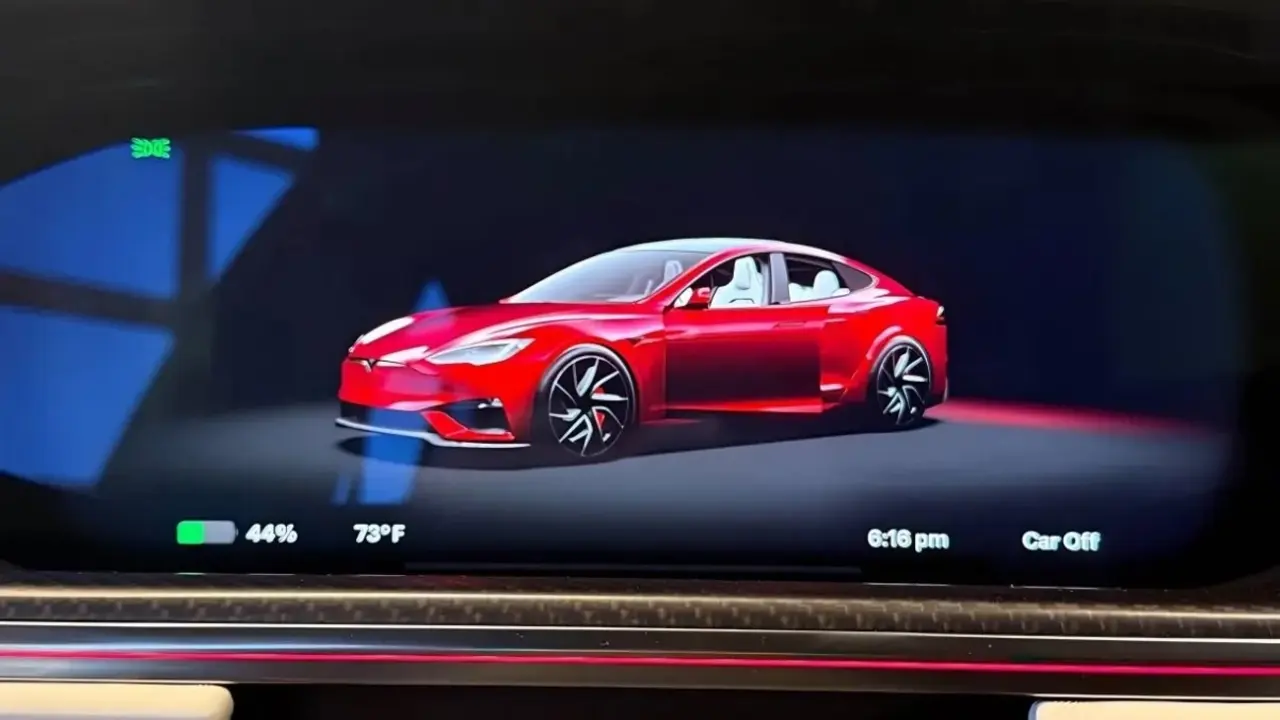Tesla is making a significant technological change in the visualization of its autonomous driving and Autopilot systems. The company is moving away from the previously used open-source Godot game engine and switching to Unreal Engine, developed by Epic Games and widely used in the AAA gaming industry. The new visual system is initially seen in Model S and Model X vehicles equipped with AMD-based MCU 3 hardware.
Tesla to Improve In-Car Graphics
Tesla’s previously used Godot engine, with its lightweight design, met basic needs and simply conveyed the interaction of vehicles with their environment. However, with Unreal Engine, the graphics presented on the driver’s screens will be much more realistic and detailed. The new engine will enable the display of 3D maps, more accurate vehicle models, improved lighting, and environmental details.
With the new system, not only other vehicles but also surrounding details such as speed bumps, road barriers, trailers, trash cans, and shopping carts will be visualized. With the current system, such objects are often not displayed, which can raise questions for drivers about the vehicle’s environmental perception. With Unreal Engine, the size, shape, and location of objects in the on-screen image will be much clearer and more realistic.
This improved visualization isn’t just an aesthetic improvement. It also serves to provide the driver with stronger feedback that the vehicle is accurately perceiving the environment. Tesla isn’t aiming to indirectly increase driving safety with this system; it’s aiming to establish a greater trust relationship between the driver and the system.
It’s been stated that the transition to this technology will be limited to AMD-based vehicles due to hardware limitations. The processing power and graphics performance required by Unreal Engine are insufficient in older Intel-based vehicles. Therefore, Intel-based models are not expected to benefit from the new system.
The first software traces of the new graphics engine being integrated into vehicles have been detected in Tesla firmware versions 2025.20 and later. Although Tesla has not announced an official release date, it is speculated that the change could be rolled out to all users in the upcoming major user interface update or in the “holiday update” package at the end of the year.













